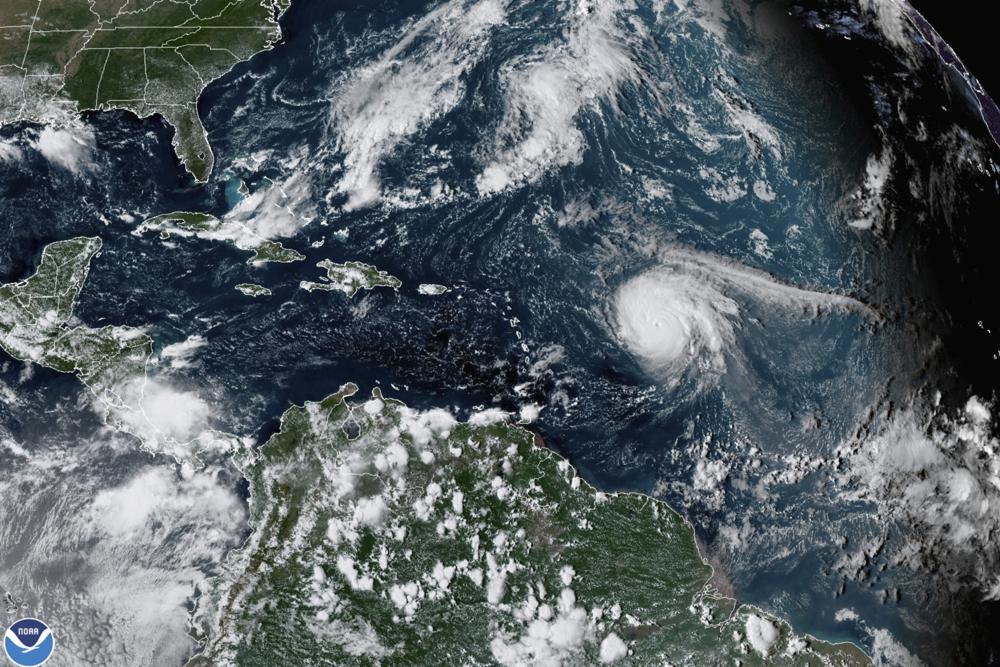 Unsurprising but important report confirms what people of color in Milwaukee already knew.
Unsurprising but important report confirms what people of color in Milwaukee already knew.
Milwaukee community leaders have been speaking out about racial disparities and the struggles of hard-working, well-meaning African-American families to get ahead for decades. Now, a new report from the Wisconsin Council on Children & Families confirms that Wisconsin has the largest gap between the well-being of white and black children in the country.
While the well-being of white children in Wisconsin ranks tenth nationally, the well-being of Latino children ranks seventeenth, Asian children are thirty-seventh, African American children rank a horrendous 46th – a full thirty places lower than white children. This disparity is by far the worst in the country.
The WCCF report, Race for Results: Wisconsin’s Need to Reduce Racial Disparities, highlights disturbing realities that are hurting Wisconsin’s children. The report contains rankings in numerous categories of well-being, including high school graduation, family and community income, math and reading proficiency, and family education. In addition to rankings, the report also highlights some key facts:
• Eighty percent of black children live in households below 200% of the poverty level, compared to thirty percent of Wisconsin’s white children.
• White adults in Wisconsin, age 25 to 29, are three times as likely to have an associate’s degree or higher, compared to their African-American or Latino peers.
• White children are nearly six times more likely to be proficient in eighth grade math than black children.
The report paints a bleak picture of the lack of opportunity for children of color in Wisconsin and their barriers to receiving quality education and employment. Ken Taylor, the Executive Director of the Wisconsin Council on Children & Families, says these disparities must be addressed quickly.
“Dramatic racial disparities are hurting Wisconsin’s communities and our economy,” says Taylor. “Allowing these disparities to continue hurts us all, and our state’s leaders must renew their focus on reducing this gap.”
The report does lay out policy proposals and ideas to address Wisconsin’s racial disparities, including engaging families and communities most affected by disparities, analyzing major investments to effectively use limited resources, and ensuring that different programs aimed at reducing inequality are working collaboratively.
Wisconsin Council on Children & Families is a non-profit, non-partisan statewide advocacy organization. The full report can be found online at their website, www.wccf.org.




